Olivia came in with what she thought was Low Back Pain but actually was glue pain masquerading is something else. The glue can be the origin of a lot of people’s issues, and it goes underdiagnosed because every time someone has some kind of radiating pain down their leg. We like to blame the lower back, but it was more important for her to address very small musculature located in her gluteal region. After a few appointments, Olivia started to really learn how to take care of her issue and became a masterof her pain. After all this, she was feeling 100% better and has continued to show out earning higher level degrees and showing us what she’s capable of!
Carlton quickly learned the advantages of PhysioLogix Style Physical Therapy when after our first few appointments he was sore, not from his auto accident, but from his training in the gym with Dr. Rob. He really turned on the jets with recovery and rehab and saw a great transformation from hobbling to hero! Listen to his story below to learn from his succcesses!
Vail-Bound and Pain-Free: A Mountainous Success Story
Just four days shy of his Colorado skiing trip, Martin walked into the clinic hobbling on a cane, his face etched with worry. Subpatellar knee pain had him sidelined, threatening to turn his winter wonderland vision into a snowy nightmare.
Shoulder training can be a double-edged sword.
Sure, everyone loves those side raises with thumbs down to hit the lateral deltoids, but lurking in the shadows is a nasty villain: impingement. Internal rotation from those thumb-down movements puts stress on your rotator cuff, potentially leading to painful pinching in the front of your shoulder. Dealing with subacromial impingement? Not fun. Rehab can be a long, frustrating journey.
Dave came in with intense low back pain that began out of nowhere. Within a few days, he went from going to the hospital for an emergency visit to feeling 100% better. Dave says that he was feeling amazing after our second visit as well. We still keep in contact to this day, and he continues to do the exercises that we reviewed together to keep his pain at bay!
Thoracic outlet syndrome (TOS) can be from a multitude of causes. Sometimes our pecs are tight, sometimes there is a problem with our first rib pressing down on our nerves and other times our scalenes (neck muscles) are entrapping is the descending nerves from the cervical spine. ⠀⠀⠀⠀⠀⠀⠀⠀⠀
In this photo I am beginning a pec minor stretch in which I hold the upper extremity in 120+ degrees of abduction and pin the pec using my opposite hand. This can help relieve symptoms of numbness, tingling and that asleep feeling many get in prolonged postures. ⠀⠀⠀⠀
Pain-Free Living Starts Here: In-Home Physical Therapy Solutions
Say goodbye to chronic pain and limited mobility! PhysioLogix's expert therapists are now serving all of Florida, bringing effective pain management solutions straight to your door. Yes, that is All of Florida, so Miami people that is everything from Coral
Tired of the same old bicep curls?
Feeling stuck in a groove with limited results? It's time to unlock the full potential of your biceps with the game-changing incline curl!
.
TAKE HOME: Try these out before or as a superset with some of your most frustrating lower body exercises as they are a great 'break' allowing the tug of war sensation occurring in the lumbar spine ease up, allowing a breather for the erector spinae musculature in general.
.
We see a more lateral/diagonal shift of the patella when she squeezes her left quad and a more superior-compression only movement on the right.
IT’S a DAMN SHAME! I say,… The Cat-Cow is a wonderful exercise that I give many of patients with “stiff” or “stuck” low back pain because of the awesome light they shed on what is really restricted in their movement pattern. It exposes which angles are flaring up their pain sensitivities in the low back with a simple animal themed movement! Watch below…
Thoracic outlet syndrome (TOS) can be from a multitude of causes. Sometimes our pecs are tight, sometimes there is a problem with our first rib pressing down on our nerves and other times our scalenes (neck muscles) are entrapping is the descending nerves from the cervical spine. ⠀⠀⠀⠀⠀⠀⠀⠀⠀
In this photo I am beginning a pec minor stretch in which I hold the upper extremity in 120+ degrees of abduction and pin the pec using my opposite hand. This can help relieve symptoms of numbness, tingling and that asleep feeling many get in prolonged postures. ⠀⠀⠀⠀⠀⠀⠀
My awesome Miami area boxing coach Will of BOXR studios needed a way to loosen up his back on a more grandiose level. Enter: cups and kettlebells. Combination of these two elements provide soft tissue pinning and an anchor point in which the tissues between can really stretch out.
Side note 📝 the hip flexors are not just your iliopsoas and rectus femoris (the ones everyone talks about) but muscles like adductor magnus, adductor longus, gracilus, sartorius also contribute to hip flexion. ⠀⠀⠀⠀⠀⠀⠀⠀⠀
Similarly, hip abduction is not just Glute and Glute med work. Several deep hip muscles play a role as well. Moral of the story: no action at the hip joint happens in isolation so targeting a single muscle group is, well... impossible!
In a study by Worrel et al. 2015, it was shown that this was a significant advantage for the hip thrust exercise via EMG testing. This could be possibly due to the hips extended position + being perpendicular with the pull of gravity during the hardest part of the lift making it a novel and targeted 🎯 glute max activator.
Listen as Azarel Cobos discusses his experience with PhysioLogix physical therapy! From start to finish he has been a great patient over the years and we look forward to treating him more and more.
And there I was… famous! I was on the Miami Herald website giving an impassioned interview about the stae of the Hurricanes football team. People were hanging on my every breath, excited to hear the next idea I had related to these impeccable new…. jerseys.
This simple exercise is one of the first and most effective shotgun activities that I implement with many of my low back pain patients. I have seen this exercise (and some of its variations) relieve many a patient’s low back stiffness just with a simple movement.
Within two months, Ara came in post-surgery following a quad tear. After eight weeks of rigorous rehabilitation and strict adherence to the protocol, he was able to walk and jog effortlessly. Soon after, he resumed simple leg exercises. He even competed in a bodybuilding competition thereafter and continues to work out daily at the gym where the clinic is located, allowing me to witness his remarkable progress firsthand!
Mary came in with Chronic Low Back Pain and we helped fix it! Teaching her the correct exercise and doing plenty of soft tissue work on top of learning bow, mechanical concepts that she could carry over into her own home and activities of daily living. She noticed that things became easier around the house, and she spent less time in pain. She still does her exercises to this day, and we keep in touch. Great work!
Roberto came in to physical therapy with severe left shoulder pain that would not go away and also came across his chest area. It was messing with his performance as a piano player, and with his ability to press and push. This even went up into his neck area. Thankfully, we were able to solve the puzzle of this issue, and he got back to performing at the top of his game! He even invited me to his piano performance Were hundreds were in attendance a few weeks after I discharged him.
Jojo came in as a bodybuilding athlete with Low Back Pain. She often times had issues with pain in things like squatting, dead lifting, and general fitness as she was always trying to push harder and further while maintaining a low calorie diet prior to her bodybuilding competitions. Following the rigorous plan of care, she was pleased with the results!
Case Study!
My patient Carlos came in with pain on the inside of his distal patellar tendon/Tibial tuberosity. This is the area when your quads and kneecap insert into the top of your shin!
This exercise is super effective because it allowed her to anchor some of her newfound sensation of alignment with a basic breathing-deep core activation-movement progression.
⠀⠀⠀⠀⠀⠀⠀⠀⠀
Frozen shoulder sometimes takes its own course (1-3 years sometimes). If gone untreated and unmanaged can lead to long-term or permanent Shoulder restriction. It is important to get your frozen shoulder checked out as soon as possible and to continue a program that increases its range of movement before things get too sticky!⠀⠀⠀⠀⠀⠀⠀⠀
Britain Hart is a bare knuckle fighter with years of experience. She has been punched all over the ring with and without gloves and she has punch people herself, usually coming out on top. Unfortunately, before one of her fights, she developed severe neck pain that travel down both of her hands and arms, and needed emergency attention over the week prior to the fight. She would have missed her fight if it weren’t for her coming to PhysioLogix and getting that taken care of just in time!
Did you know that between each and every one of your vertebrae there are donuts? These donuts are more anatomically referred to as the intervertebral discs. Each one of these discs provide mobility, support, stability and shock absorption to the spinal column. The combination of these properties allow us to perform tasks that require great amounts of mobility like bending and twisting, but also tasks that involve tons of compressive force like squatting and lifting.
Will came into the clinic following a freak accident where his roof fell on him and as a way to recover from fight training. Over the course of months I had the privilege of working with Will to restore upper body mobility and tissue elasticity. He ended up winning fights and gaining a ton of range of motion in the process. To this day, he continues to show great strides and trains very hard regularly.
Many bodybuilders and physique athletes inside of our gym present with rounded forward shoulders. This is just not an aesthetic concept but rather a position that potentially puts athletes who lift heavily and compromised positions.
Domingos was involved in a head-on collision in a car accident a couple of years before I treated him. He developed tinnitus and severe shoulder neck and low back pain. It was so bad that he seemed to have delve into a deep depression, and received plenty of medical care, including shots, and the potential for surgery at some point. His lawyer found a great PT clinic, us, and after coming consistently over the course of a couple of months, he reported feeling night and day different! His self-esteem improved, and he smiled more. He found our clinic extremely professional, and always shared kind words with us! we miss you!
Progressing him to tolerance, monitoring his pain levels and moving from isometrics and easy eccentrics to more aggressive and challenging exercises were key in getting the healing process started.
Do you have pain or stiffness in your low back? Is it keeping you from achieving your PRs or even posing correctly for your show?
Such a question is too vague to give a direct answer to the reader without first evaluating them in person. In my clinical experience though, the answer is simple:
The question is as old as time itself: Why do my knees crack and pop? Ever since man has first squatted down to make a fire or defecate (see my last blog post to learn more), he has heard these noises and wondered what the heck those snaps and crackles were! Well, there are a few possibilities of what you COULD be hearing in your knees or [insert any joint you have heard] are making sounds and unless you are having a unique amount of excruciating pain and can weight-bear easily with no functional deficits, there is a good chance you are experiencing one of the below phenomenon. Check it out below!
Feeling stiff and achy after hours glued to the chair?
You're not alone. Desk life can leave us feeling like rusty robots, and gym sessions become uphill battles. But fret not, fellow desk warrior, for the solution lies in a simple, effective movement: the deep squat.
Think of it as your antidote to stagnation. This mighty leg hugger isn't just about building quads (although it does that well); it's about rewiring your body for effortless movement. Forget fancy equipment or lengthy stretches – all you need is your floor space and a willingness to explore your inner flexibility.
Lema is a patient that comes in when she has emergency situations. Every time I treat her she says I have magic hands. I can promise you I do not, but I appreciate the kind words regardless. Check out her bubbly personality and positive words below!
Did you know that between each and every one of your vertebrae there are donuts? These donuts are more anatomically referred to as the intervertebral discs. Each one of these discs provide mobility, support, stability and shock absorption to the spinal column. The combination of these properties allow us to perform tasks that require great amounts of mobility like bending and twisting, but also tasks that involve tons of compressive force like squatting and lifting.
Fun fact: Pain is registered as fear in the brain. If you fear something (like landing from a 6” jump) you will likely have the fear of or actual shooting pain with these simple drills.
.
⠀⠀⠀⠀⠀⠀⠀⠀⠀
Why the sudden change? He started easy and grooved a pattern. His brain understood that the movement being performed was not a threat and downgraded the pain or fear response. I’m this particular case, pain was his brain’s fear to novel or previously avoided movement.
⠀⠀⠀⠀⠀⠀⠀⠀⠀
.
This combination of both spinal rotation, side bending as well as offsetting hip extension/flexion helps lock the pelvis in one position and allows for a nice anchoring point for the stretch to take hold headed up the back to the thoracic vertebrae, an oft forgotten region.
The triceps, the muscle group responsible for sculpting those horseshoe-shaped bad boys behind your arm, isn't as monolithic as many believe. This three-headed powerhouse deserves more than just one-size-fits-all exercises. Enter: the magic of elbow positioning…
With these cues, he was able to properly activate his glutes and begin the process of decreasing the reliance on the lumbar erectors in squatting and deadlifting!
A lot of the times my patients want to take it easy on the count of their knees or joints being a bit “inflamed,” weak or tight. There are a myriad of reason you may have a knee that feels this way and I would highly suggest that you see a qualified physical therapist before making any sudden decisions regarding that knee.
Before I move on though and in relation to the point above, there is one thing most people forget:
We are meant to move.
Miami's fitness scene can be hard on your shoulders. Whether you're crushing waves on South Beach or tackling weight racks at Elev8tion Fitness, aches and pains can sideline your workout goals. But what if the key to relief isn't just in your shoulders, but in the silent partners holding them up - your scapulae (those winged things on your back)?
Yadila came in with a quick burst of neck pain that was unrelenting. Being the manager of a boxing gym, she needed to be able to move around to assist in the clean up, intake and other duties associated with running a 200+ member club. After a only a few brief contacts, Yadila recovered greatly. She started in agony and finished like sshe never had an issue at all. It was a pleasure working with her from day one and I hope she continues her incredible progress.
I had the pleasure of interviewing with Shout Out Miami where I talked about my passion, my career and why I started Physiologix! Take a look!
…both of these techniques are effective ways to mobilize skin tissue surrounding a “sticky” or adhered scar. Invoking them early and often (as long as your wound is closed in the areas you are treating) can help aid in range of motion and decreased appearance of these fugly incision marks!
Women are capable of performing any fitness routine a man can do. That’s obvious. But, sometimes personal trainers and fitness media outlets like to frame females as if they are incapable of doing, or should not be doing, the same types of exercises a man should. Now, I understand that women and men, on the whole, tend to have different goals, but I don’t think it’s really necessary to completely overhaul the tenants of what effective training is to achieve these goals.
Think of the rotator cuff as the dynamic core of your shoulder, providing intricate control and movement. But just like a strong core relies on balanced supporting muscles, the rotator cuff needs its own "wingman." Enter the serratus anterior, often dubbed the "forgotten muscle" of the shoulder.
Try these prone exercises during your lunch break, or even every couple of hours of continued desk work, 🙇🏽♂️ in order to reverse that painful and leverage annihilating posture you can develop with your desk job!
⠀⠀⠀⠀⠀⠀⠀⠀⠀
Neglecting the long head is a common pitfall. The long head of your bicep is a huge stabilizer of the shoulder joint in general (see photo below to check out how it is right up in there with the rotator cuff tendons). This can lead to shoulder imbalances and potential injuries. By incorporating different arm positions, you ensure both heads contribute equally, promoting well-rounded bicep development and shoulder stability.
Playing linebacker in high school and a little bit in college, these were common occurrences. Stuffing a running back in the hole (something I did much more in high school 😄) or getting your arm caught up and a scrum would often lead to burning, tingling or even a dead arm.
It’s great for when people have restrictions across planes of movement: A lot of people benefit from cupping because the therapist can place them across an area of restriction and have the patient do active and passive movements which can free up some of the areas of perceived tightness across tissue planes that wouldn’t typically have that otherwise⠀⠀
BOOM! Easy way to elongate the posterior tissues of the knee after a replacement or injury. Things can be very tight, so it is wise to take it east and try not to bash too much of this exercise in a short window. Always keep the pain induced from this passive exercise below a 5/10 at first and slowly build up with increased time and weight as tolerated. Marathon, not a race...
Don't ditch core work entirely, though. A strong core acts like a support team, working alongside your back muscles for optimal spinal stability. But the next time low back pain strikes, remember: forget endless crunches, embrace back-building exercises, and give your lumbar spine the love it deserves!
"Damn I look good in a mirror. I’m definitely somewhere around 10-14% BF right now, but my chest is pretty damn big. And I know why it is. I do mad bench, like I'm hitting that flat bench, chest press, incline chest press and uh... oh, decline bench press. Like I’m hittin chest 2x/week but Im hitting it hard. Bench press, decline bench, incline bench, dumbbell flies. Yes it is nice to put up big numbers. Tuck those shoulders down and in, arch your back and puff out your chest. Get like 3 reps and feel those shredded meat slabs you call a chest burn baby burn."
.
At @physiologixpt, I cannot help you with your shattered tables, but I can help you with your extensor carpi radialis brevis (the muscle likely responsible for all of this pain).
.
This machine is a Godsend, for real. The horizontal positioning of the glute-ham developer (GHD) provides a greater moment arm (or bigger LEVER) of the torso on the hips when in full extension as compared to the more often seen 45 degree back extension. This basically means that at the top of the lift, with the greatest contraction, you are at the greatest mechanical DISadvantage being completely perpendicular to the line of gravity. This gives you the hardest possible workout for your glutes that you can ask for.
The cervico-thoracic junction is where the top of the thoracic spine (T1) and the bottom of the cervical spine (C7) come into contact with one another. This articulation point contains both of the previously mentioned vertebrae’s large spinous processes that jut out. With years of “poor” posture, sometimes people will develop fatty and tissue deposits in the region as a way to counteract the forces of a forward head creating that unsightly camel hump that many will try to get rid of via invasive surgery or injection.
.
"Push"
It has been eight days now. Eight days of immense pressure buildup. He could feel it within him, almost coiling up like a snake, waiting to make its explosive lunge into the waters below. He got so sick of carrying it with him. "Devil be GONE!" He screamed as he pulled his trousers down and sat on the porcelain throne. After mustering up all of the intra-abdominal pressure he could, with a mighty push he gave it his all...
...but alas, NOTHING.
Strengthening external rotation is a great shogun style prehab technique anyone can use to ensure a balanced shoulder joint that is ready for heavy pushing.
Roughly 36% of us experience lower back pain each year. Think you are the only one? I bet if you took a quick poll, you will also find that almost all of your friends and family have experienced back pain at some point in their lifetime as well. Not only are you not alone in your struggles, but there are measures you can take to protect your back from pain.
I know this because it’s common sense. It doesn’t matter what the meta-analyses say: because the discs are made of squishy stuff that has to mean that if you ever bend with weight in your hands or squat down in your back at all you’re destined to have permanent low back pain.
Physical Therapy has gone mobile! Introducing PhysioLogix, bringing high-quality care straight to your doorstep, no matter where you are in Florida.
Imagine regaining strength and mobility without leaving the comfort of your own home. Our dedicated therapists tailor treatment plans to your specific needs and environment, empowering you to reach your goals, whether it's managing pain, recovering from injury, or simply staying active.








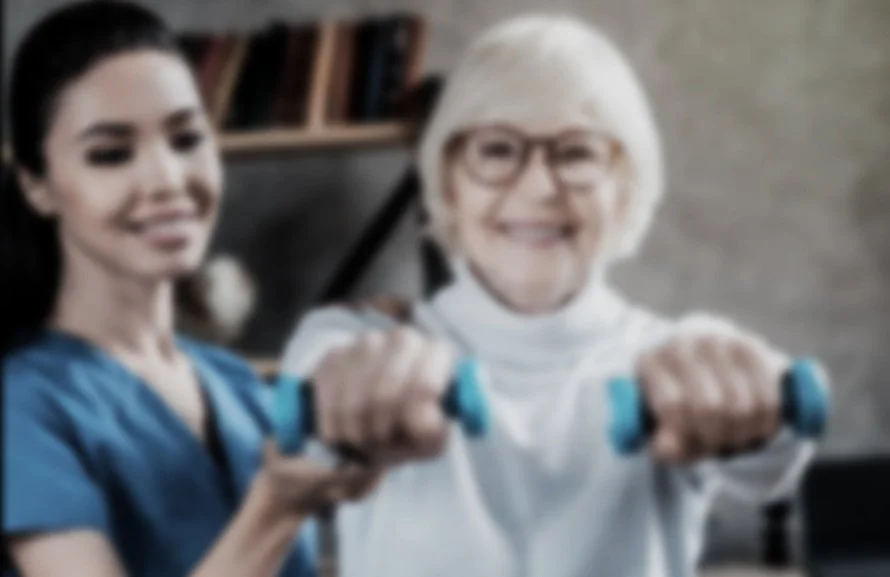











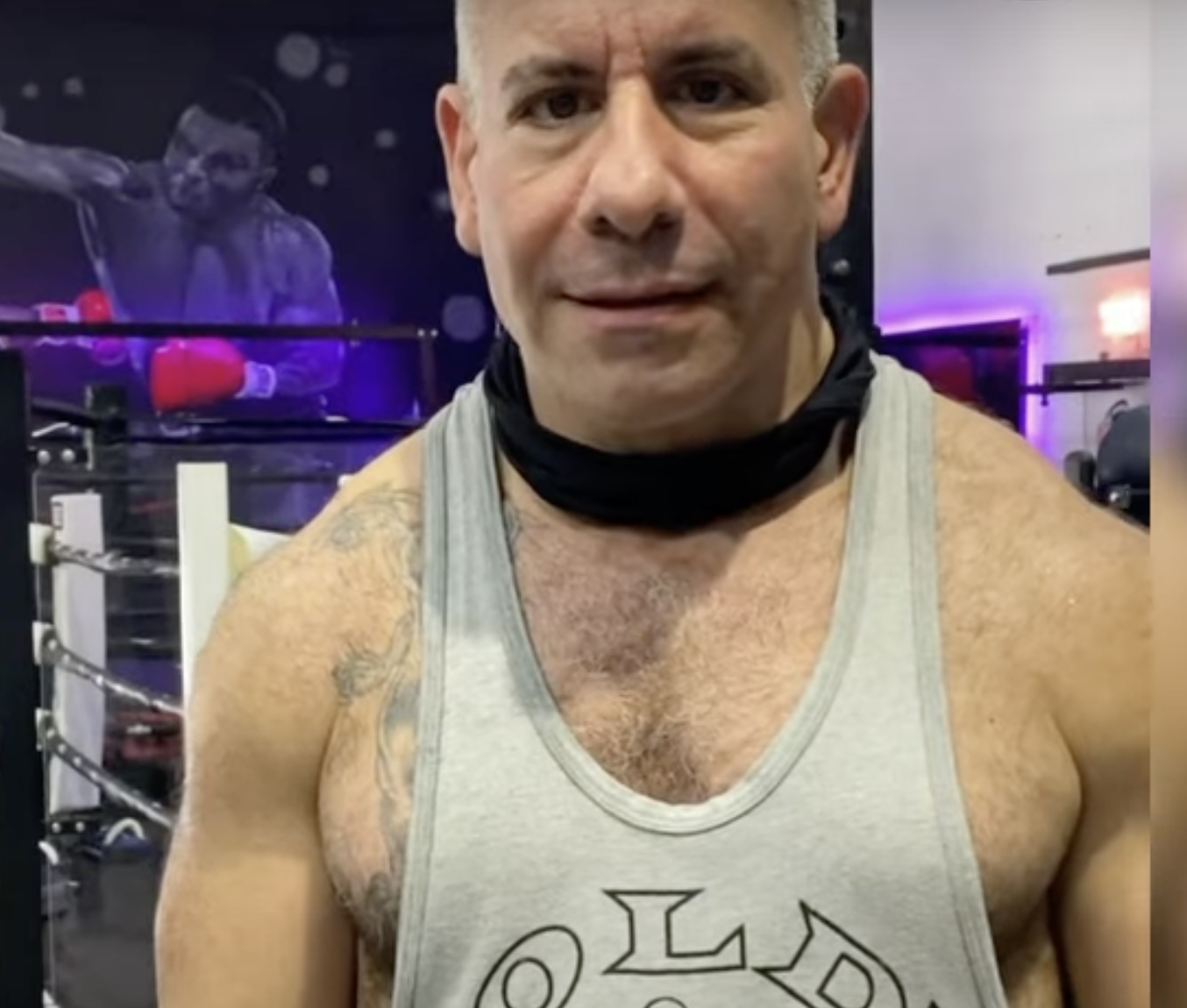



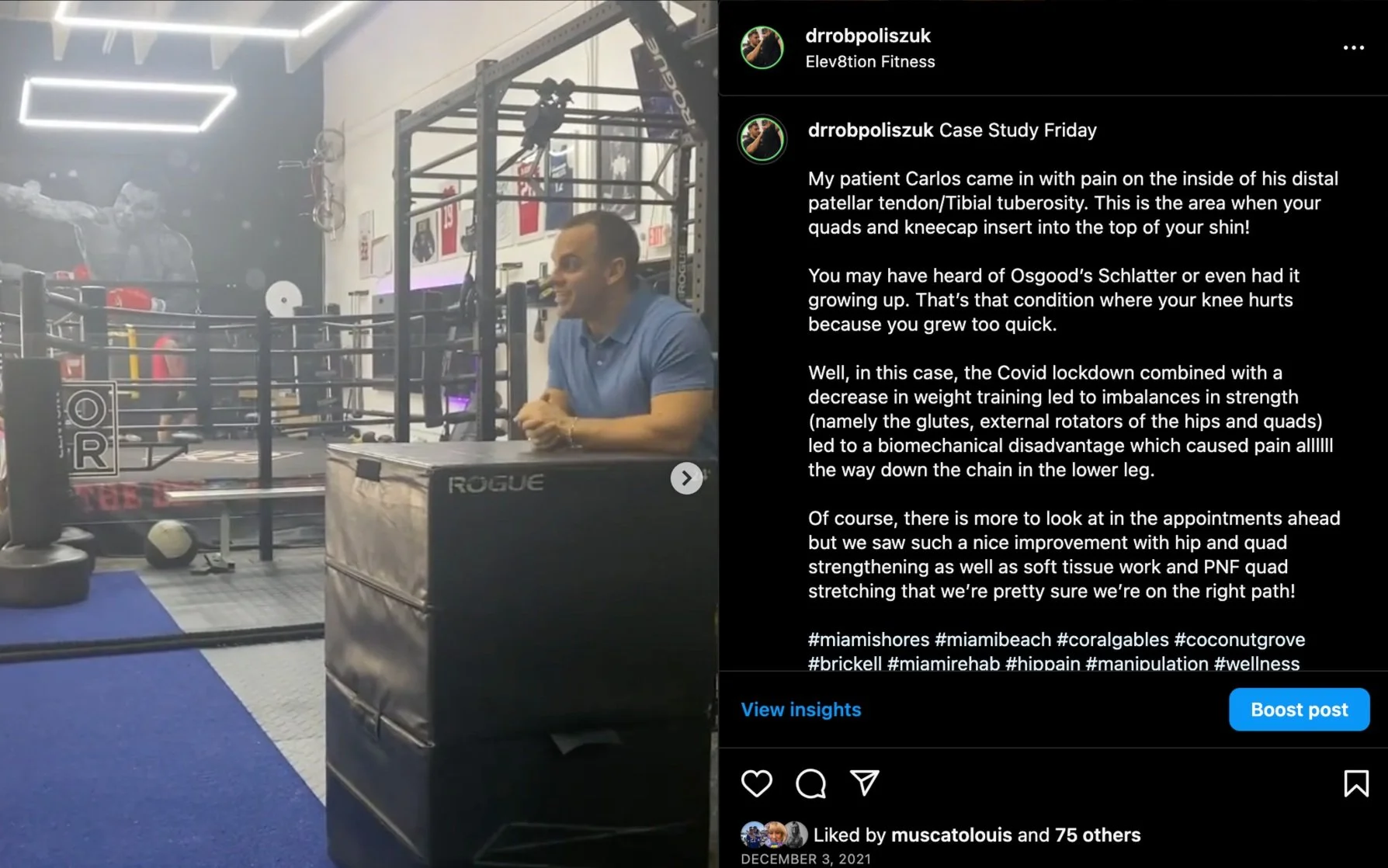





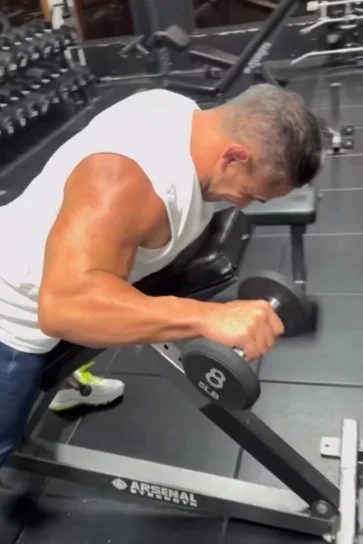


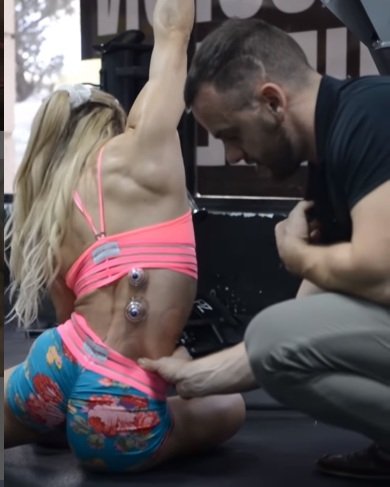













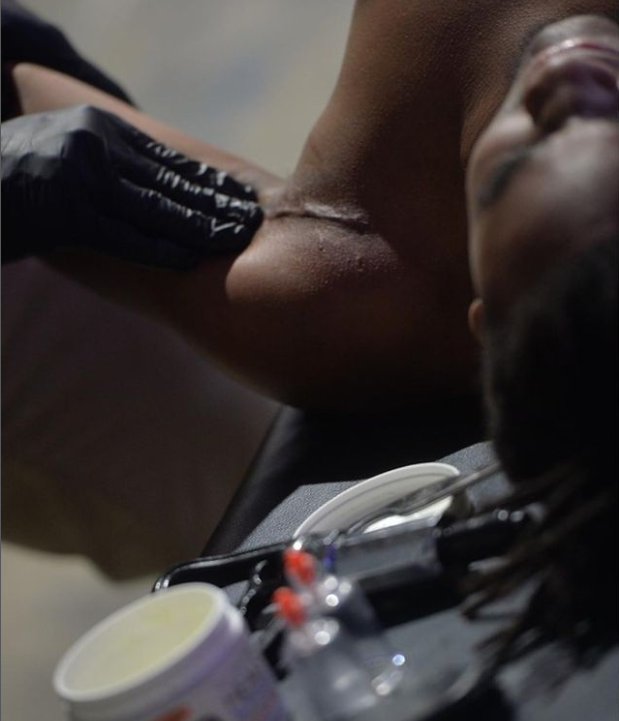







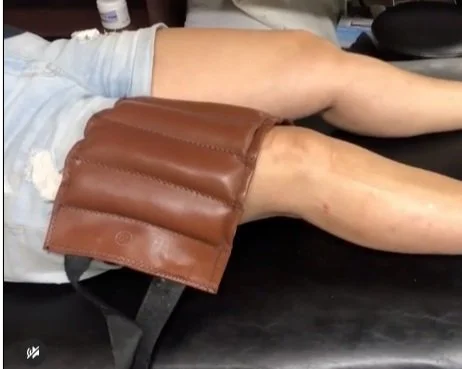




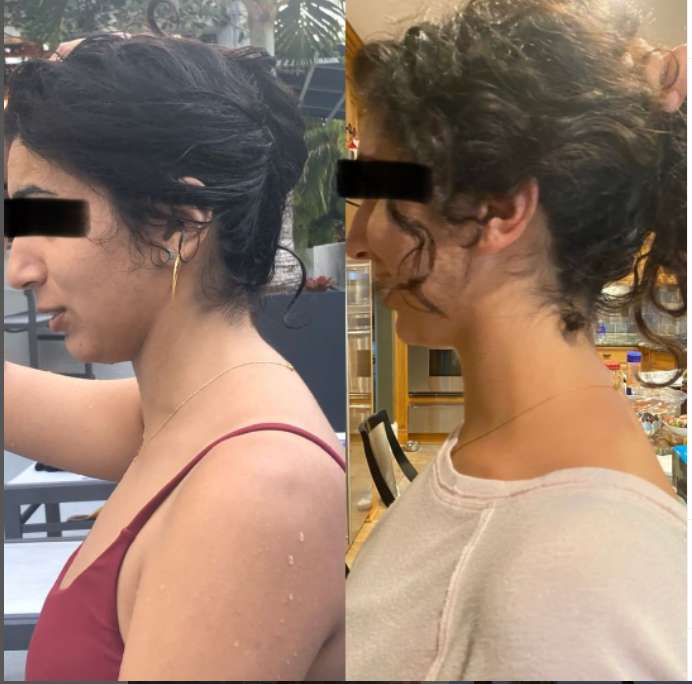



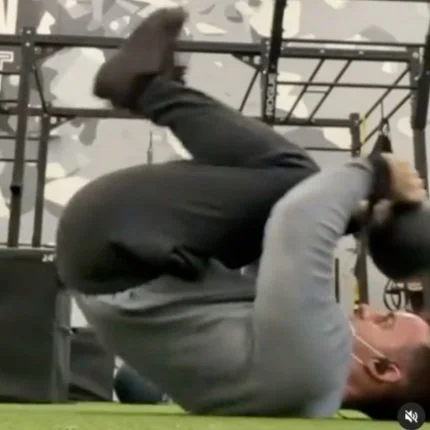

In this case we have a patient who is lacking extension. Because of this I am pressing each verbetrae posterior to anterior which mimicked the act of neck extension. This immediately led to increases in active neck extension and pain relief for the patient